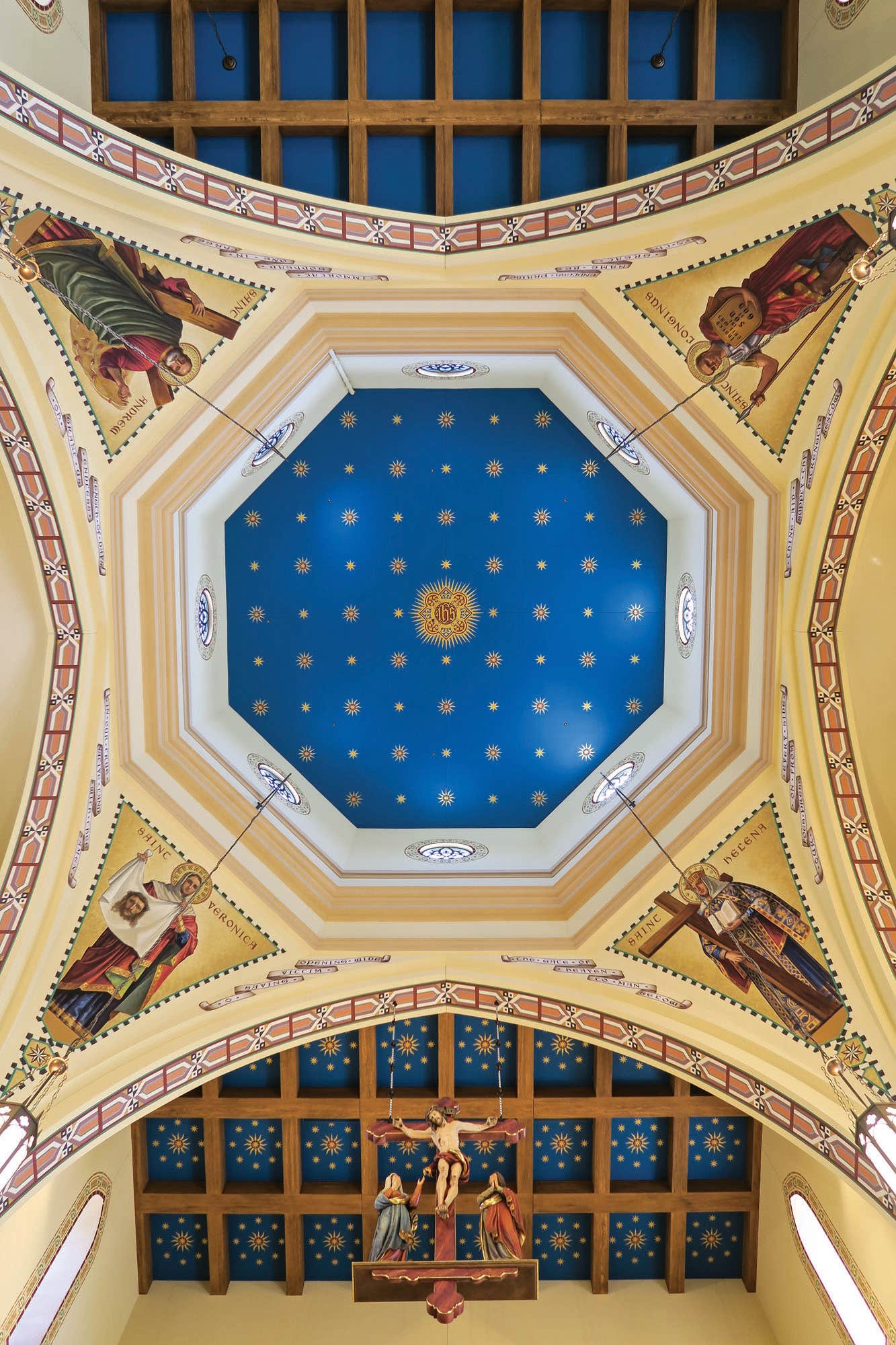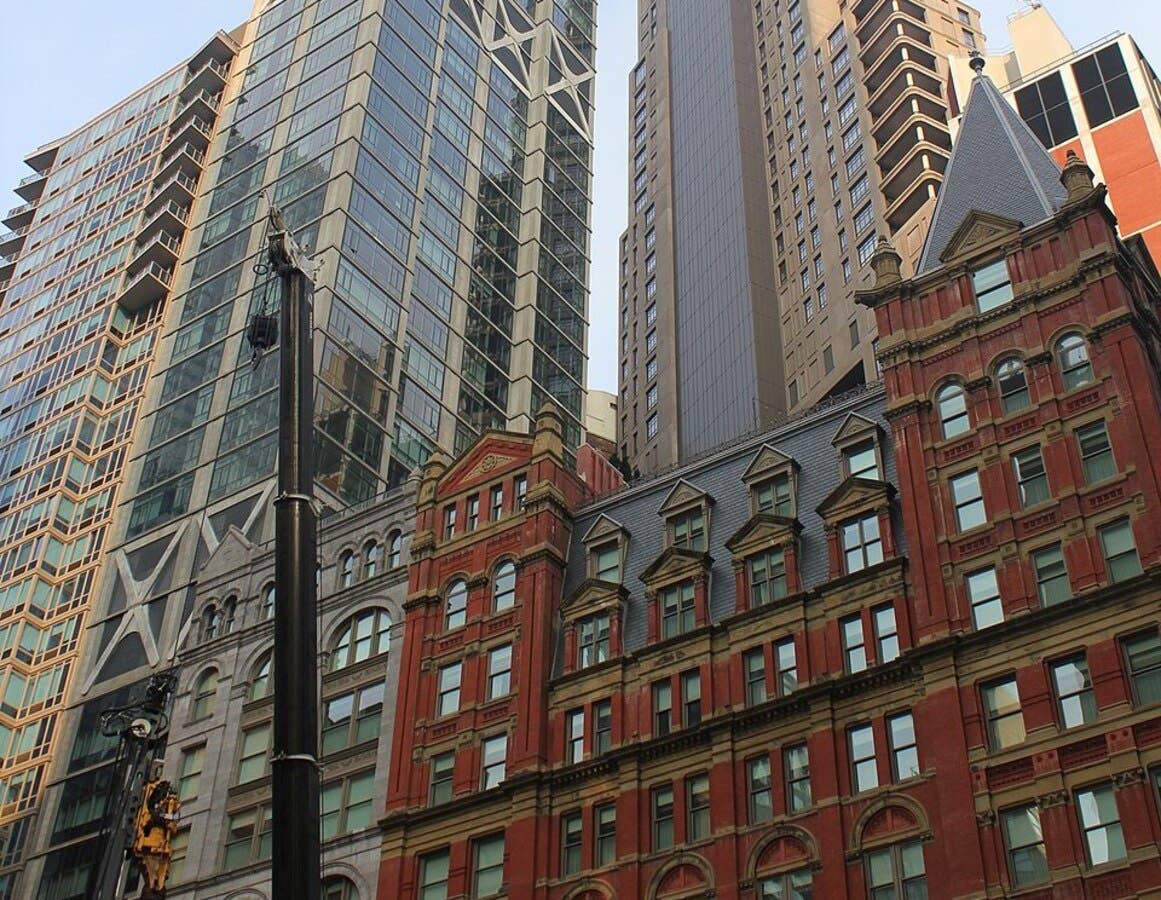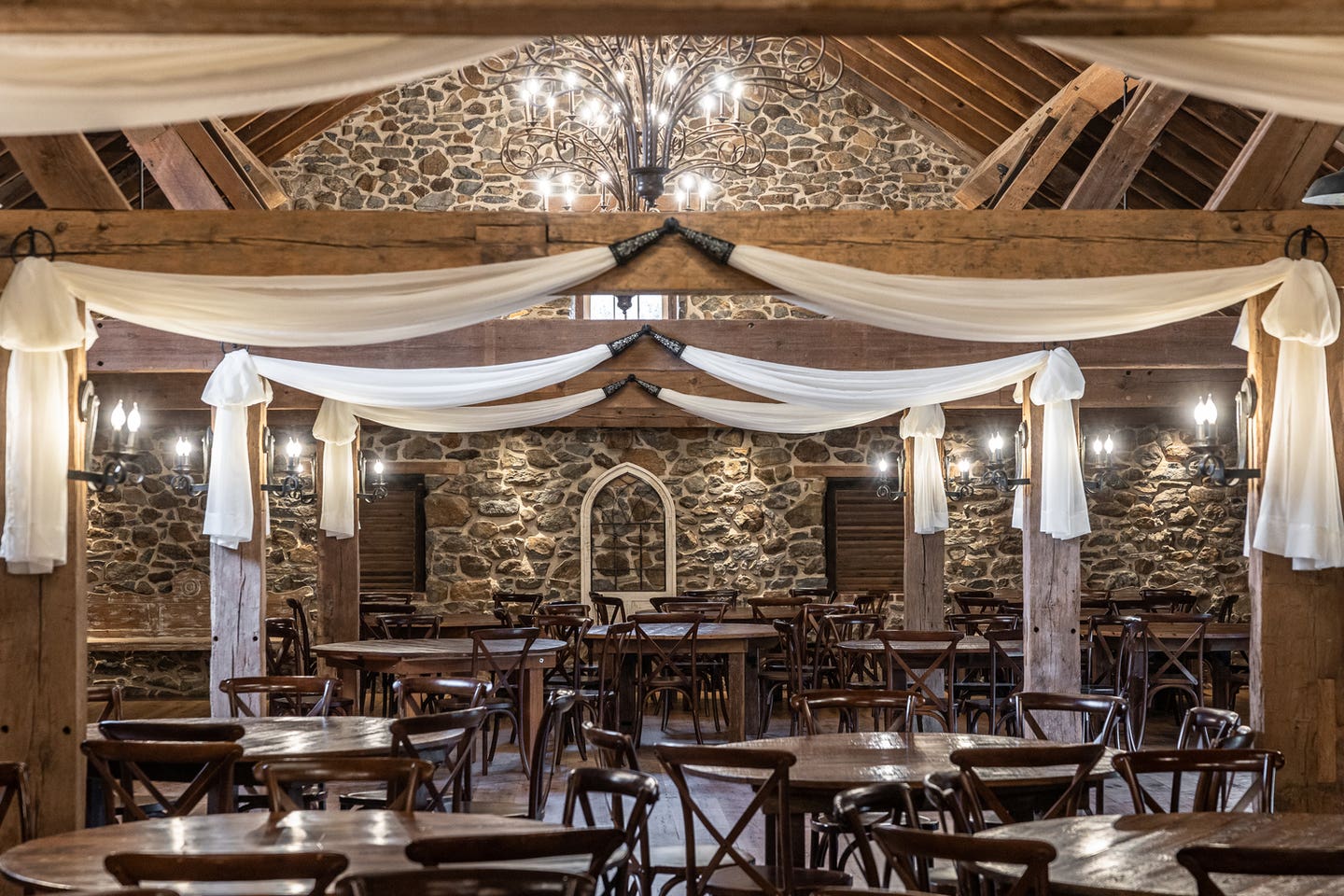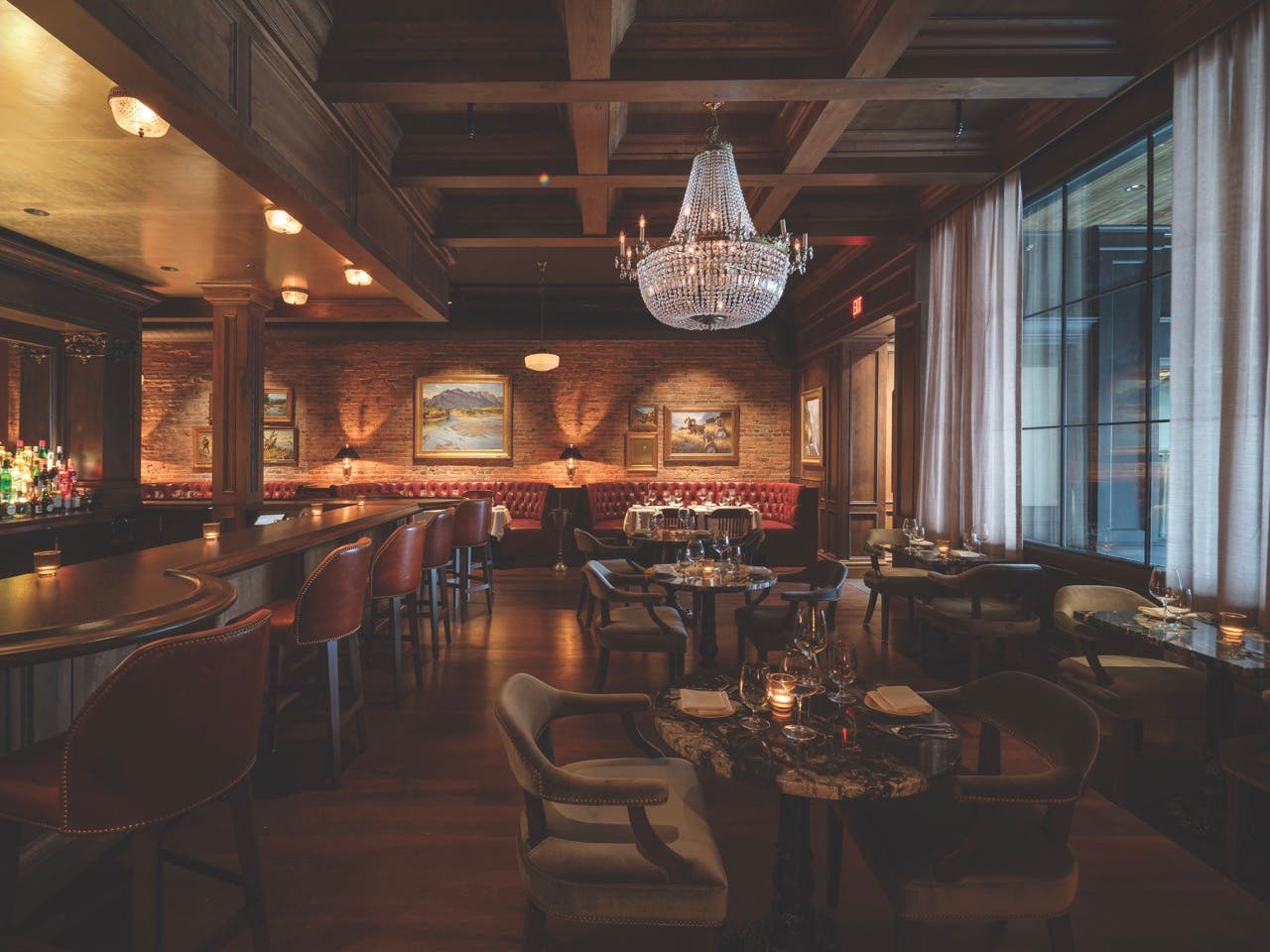
Religious Buildings
A New Catholic Church from McCrery Architects
Project: Saint Thomas Aquinas Catholic Church and Newman Center, Lincoln, NE
Design Architect: McCrery Architects, Washington, DC; James McCrery, Principal
Architect of Record: Clark Architects Collaborative, Lincoln, NE; Kevin Clark, Principal
To the layperson, traditional church architecture might appear so tied to millennia of history that it can’t be applied easily to modern conditions, but facts run counter to this belief. A testament to this point is the recently completed Saint Thomas Aquinas Catholic Church and Newman Center in Lincoln, NE, the work of McCrery Architects of Washington, DC, in conjunction with Clark Architects Collaborative of Lincoln, NE.
The genesis of the project was an enviable problem. Since 1906, students at the University of Nebraska—Lincoln, had been graced with a Newman Center—a Catholic ministry center found at non-Catholic universities around the world—but by 2015 the 1960s-era complex just off the campus was no longer up to its calling.
“The daily masses held for students had grown so well-attended that the church became too small for hundreds of worshippers,” explains James McCrery, AIA, NCARB, principal at McCrery Architects. Local papers noted lines out the door on holy days, leading Church leaders to a critical decision. “They asked themselves, ‘Should we just tinker with the existing Center or simply tear it down?” recalls McCrery. In the end, he says, “The Church leadership had the courage and wisdom to raze the buildings and build a new Newman Center and a new church on the exact same property.”
While the basic program was pretty straightforward, it had strong spiritual components. “The client needed a venue that effectively doubled the size of the church, going from around 300 to 600 seats, and they wanted a bell tower and some other features.” Added to this were the aesthetic hopes. “We wanted something suitable for the nearby University, but also to be a landmark in the city of Lincoln, Nebraska, and understood as an important downtown building.”
No small feat in a town home to the unique, towered Nebraska State Capitol, a masterwork of architect Bertram Goodhue. “There are a number of very good buildings downtown and on the campus, and the client wanted to be sure that they were holding their own, so to speak, within that architectural tradition.”
At the same time that the downtown site set a lofty bar for design, it held the project to some very earthbound limits. The St. John Newman Center is immediately adjacent to the campus, on property owned not by the state university, but by the Church.
“The church is a large building for a small site,” says McCrery. On top of this, he explains, “both the client and the architect wanted to be sure that the church had a cruciform shape on the inside and the outside, but because of the tight site we didn’t have the luxury of open space that a typical cruciform plan requires.” Therefore, they needed to use as much of the site as they could, he says, building right to the property line. In order to satisfy the desire for a cruciform shape, “we manipulated the building in three dimensions, all on top of a perfectly rectangular floor plan.”
The arrangement of the St. Thomas Aquinas Church is very traditional, says McCrery: a center-aisle with two side aisles. In plan, this would appear to be a big, long rectangle, but in three dimensions it is, in fact, cruciform, though only very subtly.
“What we did is have the transepts—the portions of the church that cross the main axis at right angles—occupy the space of only the side aisles.” So, in three dimensions, he says, from the inside and the outside, one can look along the side aisles and see where a side aisle stops and a transept begins. “The transept rises the full height of the church, and then returns back down to a side aisle again, all within the exact same footprint.”
The three-dimensional solution is more evident when studying the church exterior along the street view. “The rose window on the far right-hand side of the street elevation is in the transept. While the outside face of that transept is in the exact same plane as the outside wall of the side aisle, it (along with its twin transept on the other side) is what gives the building its cruciform shape—not only on the outside but inside too.”
An equally enlightened response is the immense, stained glass window at the very end of the building. “The window is about 40 feet wide and 30 feet tall – three stories of stained glass the full width of the sanctuary, and very much part and parcel of the design from the very beginning.”
As McCrery explains, a church of this size and importance would typically have a semicircular apse—a space to house the altar at the end of the main axis – but this apse is rectangular. “The back wall of the sanctuary where the high altar is positioned is flat, and for the very same reasons that shaped the transept. We have a very tight site plan without the luxury of space to accommodate a conventional apse, so our apse is a flattened, very broad rectangle.”
He adds, “Rather than take that flat apse as a weakness or failure of the plan, we actually saw it as an opportunity to commission a very important and truly beautiful window designed and produced by a 158-year-old company in Germany (Franz Mayer of Munich).” Other windows throughout the church are still clear glass until stained glass is commissioned by families or people moved to give.
The Newman Center
Sharing the site with the church, yet standing on its own architecturally, is the new Newman Center. McCrery points out that while McCrery Architects was the design architect, the project also included Clark Architects Collaborative of Lincoln, NE, as the architect of record. “We worked very closely with Clark Architects and their very able principal, Kevin Clark. So, when we set about designing the new Newman Center and the church, the Newman Center became a collaboration between Clark Architects Collaborative and McCrery Architects, while the church is a McCrery Architects design, in and out.”
As he explains, all parties wanted the Newman Center to continue to have a strong presence on the campus, but even more than before. “With a bell tower, students can now see this building from a distance, and identify with it, so it becomes more of a visual destination.” What’s more, the tower houses four newly cast bells that ring on the hour and quarter-hour, so now the Student Catholic Center has an identity on the campus in sound as well as in sight. “Even if students can’t see the tower, their faith is made present to them by the ringing bells.”
Despite the fixed, limited site and a tight budget, McCrery notes that this is a very substantial project. “The church and the Newman Center both fit over an entirely enclosed lower level,” he says.
In fact, the entire footprint of the building is a field of 77 geothermal wells sunk 620 feet below the Church and Center. “Churches can sometimes be expensive to heat and cool because they’re large spaces with many people coming and going,” he says. “Given that the building is an institutional use, with the Church planning to be there for a very long time, they did the math and determined that the system was entirely worth the hefty initial investment.”
The design straddles time too, borrowing from late Romanesque/early Christian churches as well as from the early Gothic era. “In Romanesque, classically you would have round-top arches, and in Gothic you would have pointed arches,” he explains. “Here, we have pointed arches, which most people would say is Gothic but, on the other hand, most of the shape of the building is very clearly Romanesque, so we’re inspired by both—the late Romanesque and the early Gothic.”
McCrery explains that the source of his firm’s inspiration is the entirety of Church history. “I consider myself a traditional and classical architect, but classical per se is not the only appropriate style for a church—and proof of that is history.”
He notes that, while some periods are, perhaps, more inspirational than others, his firm relies on the entire length and breadth and depth of the Church’s architectural and artistic traditions. “Working on churches is almost entirely what occupies us here at McCrery Architects,” he says. “Our approach, and what we prefer to do, is use the best from the best, and that’s what we did here.”
Gordon H. Bock is an architectural historian, instructor with the National Preservation Institute, and speaker through www.gordonbock.com.








